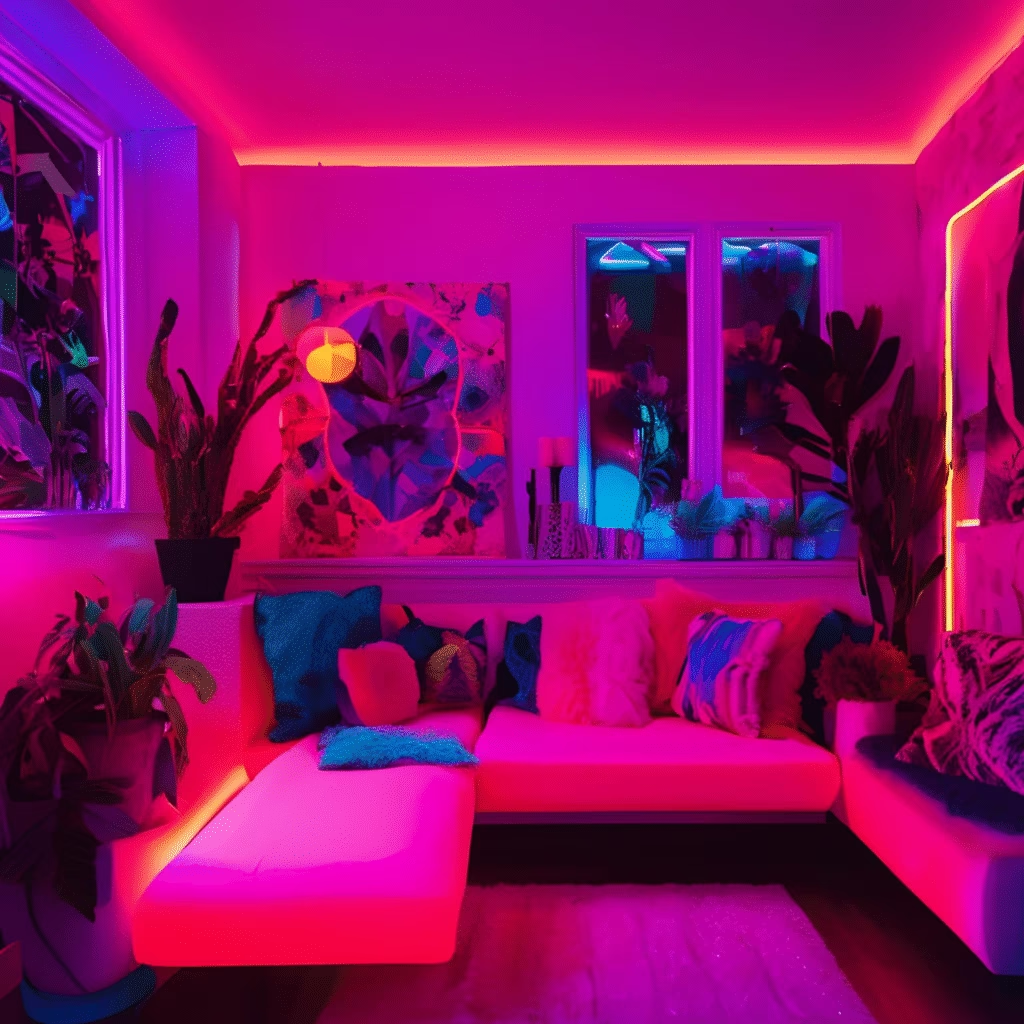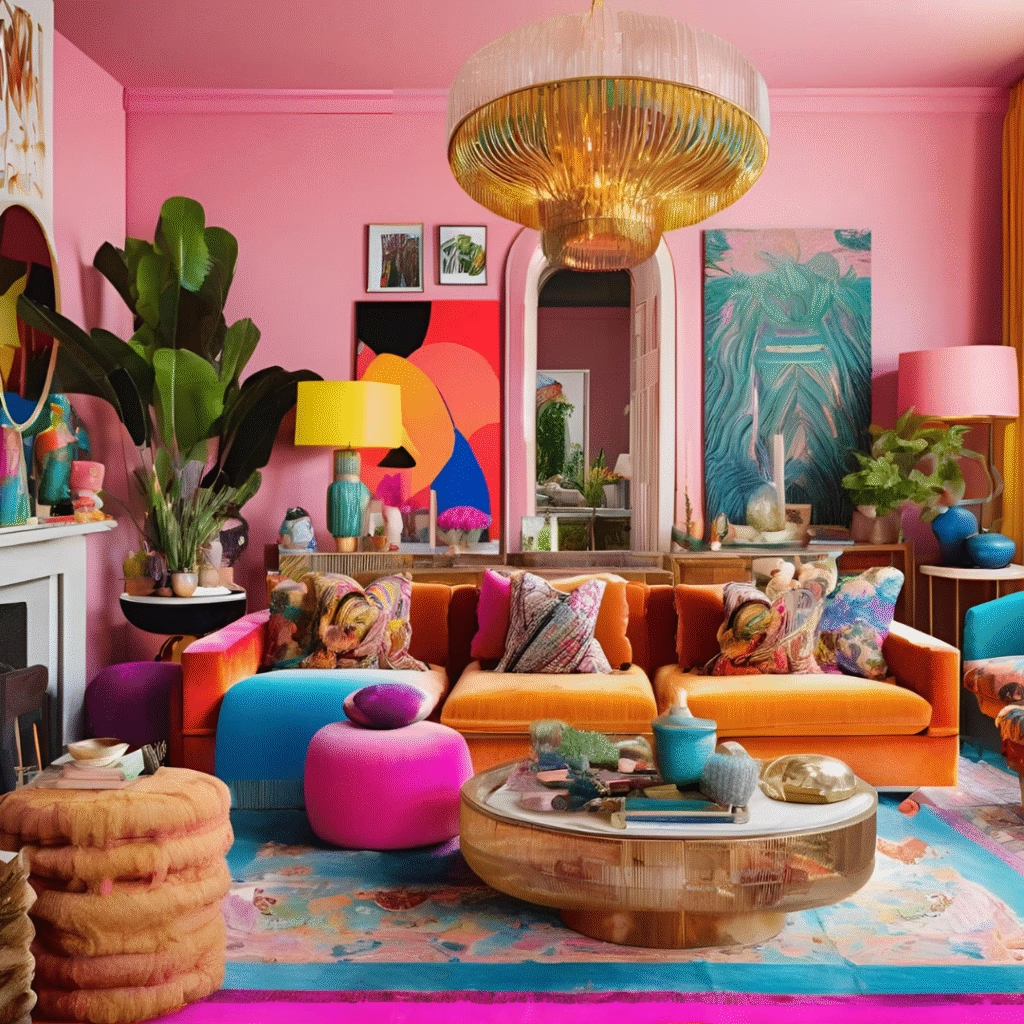Table of Contents
Introduction
Imagine entering a house where the sleek sophistication of modern components exactly complements the warmth of classic décor. This combination produces a visually beautiful room that is also quite utilitarian and consoling. You are in the perfect place whether you enjoy architecture, interior design, or are a homeowner. This course will walk over the craft of Mixing Traditional and Modern Design Style to create a harmonic and balanced setting.
The Challenge and Reward of Timeless Yet Contemporary Spaces
Creating a setting that feels both modern and timeless may be a fulfilling endeavor. The intention is to design a space that celebrates traditional aesthetics while including contemporary features reflecting advances and trends. This combination lets you enjoy the best of both worlds and produces an enduring look.
Benefits of Mixing Traditional and Modern Design Styles
Mixing Traditional and Modern Design Style forms has a number of advantages.
- Timeless Appeal: Combining these designs guarantees that your room stays contemporary and fashionable over the years.
- Personal Expression: Greater personal expression and creativity are made possible by this method.
- Balanced Aesthetics: The simplicity of modern design is matched by the richness of historic features, therefore producing a harmonic surroundings.
Purpose of This Guide
This book tries to give you useful advice and ideas to enable you to effectively combine current and classic designs in your house. We will discuss the features of both design approaches, give ideas for combining them, and show samples to inspire your own work.
Learn More about Luxury Interior Design ideas 2024: Elevate Your Elegance
Understanding Mixing Traditional and Modern Design Styles
Traditional Design
Ornate embellishments and timeless aspects of traditional design are well known. It frequently incorporates rich colors and opulent materials and finds inspiration in past designs.
Characteristics of Traditional Design
- Classic Elements: Think complex carvings, rich finishes, and meticulous workmanship—classical elements.
- Ornate Details: Ornate details provide a little of sophistication from crown molding, chandeliers, and decorative trimmings.
- Rich History: Many times, traditional design captures historical influences and cultural value.
Key Features of Traditional Design
- Classic Furniture: Features of great importance are rich finishes and finely carved pieces.
- Warm Color Palettes: Deep colors such burgundy, navy, and forest green foster a warm environment.
- Luxurious Textiles: Richness and texture are added by luxuries including silk, velvet, and brocade.
- Decorative Accents: Chandeliers, crown molding, and thorough trims accentuate the elegance of the area.
Modern Design
By contrast, modern design stresses simplicity and utility. It centers on open areas, neutral hues, and simple lines.
Characteristics of Modern Design
Minimalism: Simple, geometric forms devoid of too much embellishment are minimalistic.
Functionality: Giving comfort and practicality top priority in every component.
Open Spaces: Open spaces with lots of windows provide light and airy quality.
Key Features of Modern Design
- Clean Lines: Simple, geometric shapes devoid of embellishment are clean lines.
- Neutral Color Schemes: Modern design mostly consists of whites, grays, and earth tones.
- Functional Furniture: Functional furniture are those with comfort and utility first priority.
- Open Spaces: Open spaces should center light and airy surroundings with lots of windows.
Tips for Mixing Traditional and Modern Design Styles
1. Find Common Ground
Start by noting components that might close the distance between the two styles. Look for materials, colors, or ideas that show up in both classic and contemporary designs. A neutral color palette, for example, can provide a basis that lets both designs live together harmonically.
2. Choose a Focal Piece
Choose a distinctive item that captures both styles, such a vintage coffee table with modern décor or a modern sofa with classic upholstery. This work will define the atmosphere of the room and assist to harmonize the architecture.
3. Balance the Proportions
Maintaining a sense of equilibrium is crucial while combining techniques. Large traditional furniture should be matched with contemporary accessories to prevent dominating the area. Likewise, if your room has clean modern lines, accentuate the theme with classic linens or artwork.
4. Layer Textures
Any design gains richness and interest from texture. Match contemporary materials like leather and metal with classic fabrics like damask and brocade. Layering several textures will produce a dynamic and welcoming environment that embodies both styles’ core.
5. Accessorize Thoughtfully
Style mixing depends much on accessories, which also define it. Incorporate historical items into a modern environment or juxtapose modern art works with classic furnishings. Without overpowering the space, decorative objects like flowers, rugs, and throw cushions can be the ideal means of introducing aspects from both styles.
6. Embrace Contrast
Don’t hesitate to embrace differences! Against a classic backdrop, a modern art work can produce an amazing focal point. Combining several designs can create an aesthetically appealing space that is both modern and historic.
7. Personal Touches
Your place should eventually capture your own style. Add personal objects such family heirlooms or modern art produced by nearby artists. These little details will help your house seem distinctive and lived-in by fusing the old and contemporary in a way that speaks to you.
Conclusion: Mixing Traditional and Modern Design Style
Mixing Traditional and Modern Design Style forms presents a special chance to produce a space that is both modern and ageless. Finding common ground, balancing proportions, and carefully layering textures and accessories can help you to create a harmonic mix that captures your style and individuality.
Recall that contrast’s beauty resides in its capacity to generate visual appeal and narrative telling abilities. Your house should show your own taste and experiences. Beginning your design adventure now will help you to appreciate the creativity of mixing traditional and modern design style forms in your home!
Learn More: Click Here
Frequently Asked Questions (FAQs)
How can I start mixing traditional and modern design styles in my house?
Start by choosing a basic color scheme or material that might act as a link between the two designs. Choose a focus piece with both Mixing Traditional and Modern Design style components; then, carefully layer textures and accessorize to produce a unified design.
Should mixing traditional and modern design style, is it advisable to engage a professional designer?
Although a professional designer can offer great knowledge and direction, you can find a harmonic mix on your own by applying design concepts and depending on your gut feeling. Many tools, like this guidance and web inspiration, can enable you to produce a balanced combination.
When mixing traditional and modern design style, what are some typical blunders to avoid?
Steer clear of too many opposing factors overpowering the area. Key is balance; make sure textures, colors, and proportions are harmonic. Furthermore avoid over-accessorizing, which would clutter the area and compromise the coherent design.
In a tiny area, might I combine modern and classic designs?
Absolutely! In smaller areas, emphasize keeping equilibrium and avoiding clutter. Choose décor items that accentuate both styles without overpowering the room and use furniture with several uses.
What if my own taste is more toward one design style?
That’s really great! Mixing techniques have the beauty in allowing you to use bits of the other to create visual intrigue and distinctiveness while leaning more toward one. Your room should show your own tastes and choices.

